In previous posts we’ve learned about prime numbers and composite numbers. Today we’re going to look at different sequenced prime numbers activities involving prime numbers that Smartick students work on. We’ve included examples of different types and levels, from identifying whether a number is prime or composite to finding the least common multiple and highest common factor through prime factor decomposition. Let’s jump right in with the first example:
Index
Identifying Prime Numbers
This activity asks students to identify whether a number is prime or composite.
7 is a prime number because it is only divisible by 1 and 7.
Factorization of Composite Numbers
These types of exercises require the student to find three different multiplications that give the same result (the composite number).
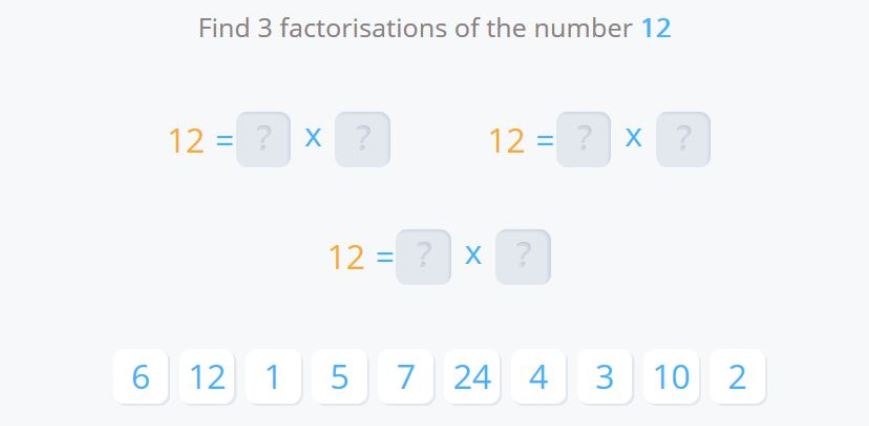
In this example there are three solutions:
The first would be to multiply 1 x 12, the second 2 x 6 and the third 3 x 4. This shows us that the number is not prime, because it is divisible by other numbers other than 1 and itself. We also learn that there are other possibilities, in addition to factorization with prime numbers.
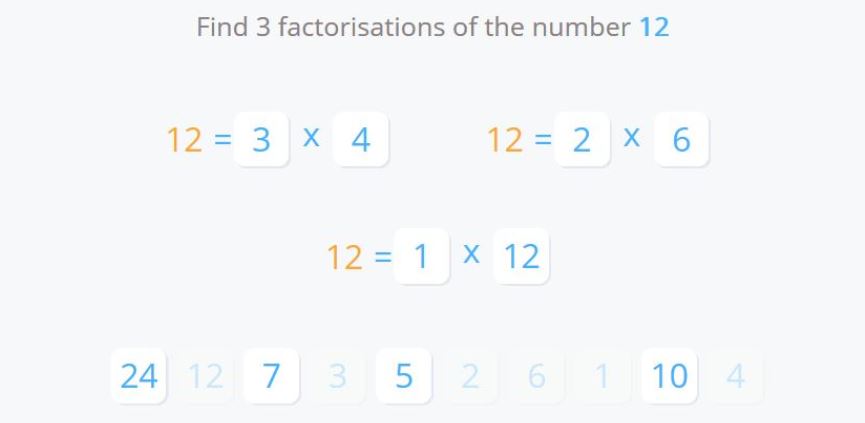
Prime Numbers and Rules of divisibility
We learned about divisibility criteria in a previous post. There are also Smartick exercises that require us to work out which numbers are prime and which aren’t, by applying these criteria.
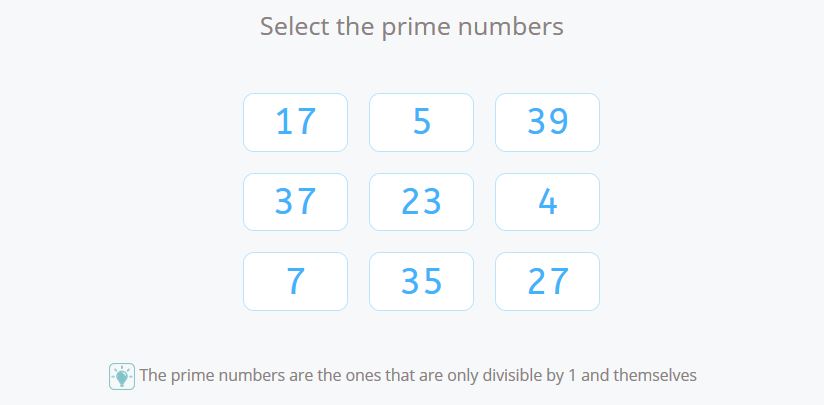
We have to select the numbers 5, 7, 17, 23, and 37. These numbers are only divisible by 1 and themselves. The rest are divisible by other numbers. Following the divisibility criteria, 4 is divisible by 2, 27 is divisible by 3, 35 is divisible by 5 and 39 is divisible by 3. Therefore they are not prime numbers.
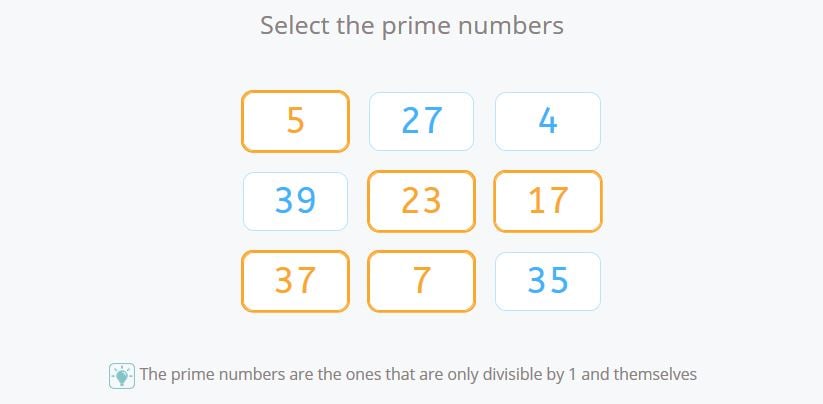
Finding the Highest Common Factor through Factorization with Prime Numbers
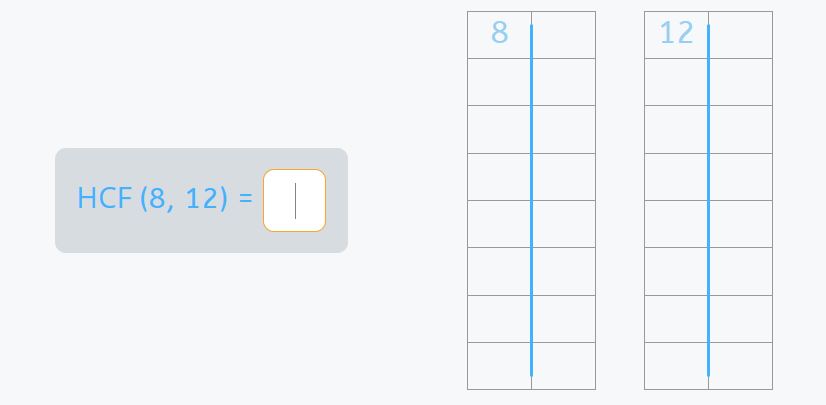
To find the HCF of 8 and 12, we need to decompose these two numbers into their prime factors and find the common factors raised to the smallest exponent.
8 = 2 x 2 x 2, and 12 = 2 x 2 x 3. The only common factor is 2, and the smallest exponent it is elevated to is also 2. 2 x 2 = 4
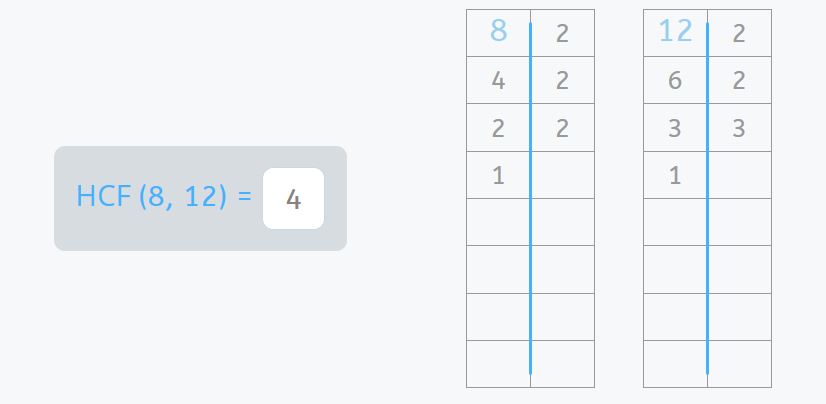
If you want to keep practicing exercises involving prime numbers activities and much more, you can log in to Smartick and try it for free to learn much more elementary math!
Learn More:
- Explanation of the Formula to Calculate the Least Common Multiple
- Learn How to Factor into Prime Numbers
- How to Calculate Least Common Multiple
- Factorization: What Is It and How Is It Done?
- Divisibility Criteria from 2 to 13 and an Example










Hi
I want to register for my child
Hi!
I would recommend signing up for our free trial at http://www.smartick.com and taking a look at the rates listed on our Parent Page to find what works best for your child. Smartick subscription costs are dependent upon the number of children signed up and the duration of the subscription (monthly, quarterly, or annually). If you have any questions, feel free to contact our Pedagogical Support Team at [email protected].